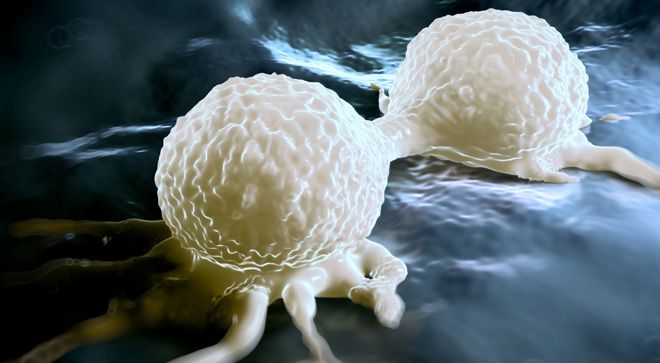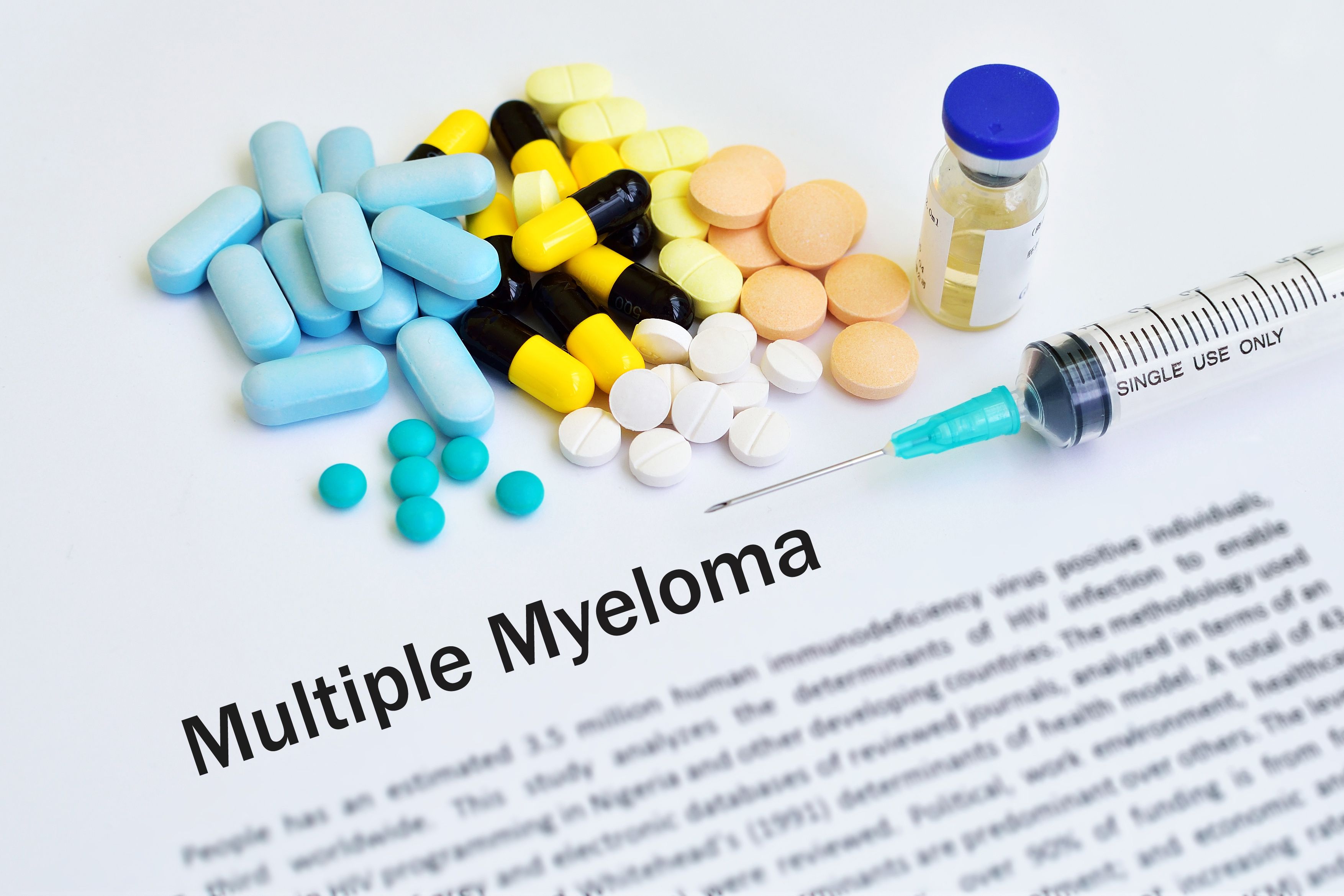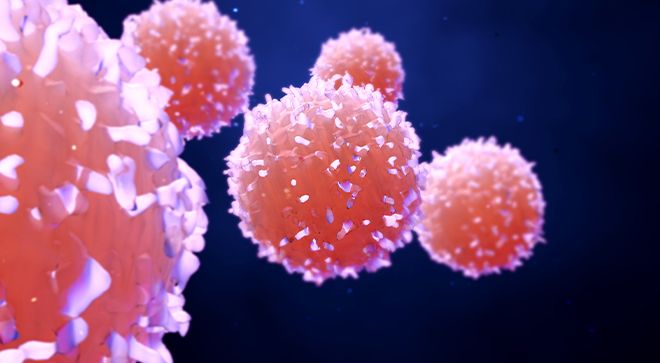Article
Onward in the Fight Against Multiple Myeloma
Author(s):
Multiple Myeloma Awareness Month is a time to raise awareness both locally and nationally about efforts to fight myeloma.
Dr. Siegel emphasized that Multiple Myeloma awareness month is an important time to reflect on the advancements made in treating the disease in recent years.

Colin L. Powell, the highly respected, first black U.S. secretary of state, died almost a year ago from complications of COVID-19. General Powell also suffered from multiple myeloma, a cancer of plasma cells, which are white blood cells in the bone marrow that become cancerous and multiply during the course of this disease. Myeloma leads to damage to the bones, immune system, kidneys and causes anemia. Sadly, he was one of the more than 1.3 million Americans who have or are in remission from a blood cancer.In fact, every three minutes someone in the U.S. is diagnosed with a blood cancer.
Myeloma is a rare form of blood cancer, accounting for just 1.8 percent of cancers in the United States with 34,920 new cases a year, according to the National Cancer Institute.The genetic and environmental factors that may increase the risk of developing myeloma are complex and still not fully understood. Some of these risk factors include being male, Black and advancing age.It is the second most common blood cancer overall and the most common in blacks..
As a hematologist and oncologist, I have devoted my 34-year career in medicine to collaborate with scientists and clinical researchers to develop more effective therapies for patients with blood diseases, including myeloma.
While myeloma still does not have a cure, recent advances in treatments in molecular biology, immunotherapy and personalized medicine have improved the odds for people with myeloma. I am heartened by the advances we have made to fight myeloma thus far, and I am hopeful about where science can lead us to improve treatments for multiple myeloma and to eventually find a cure.
Over the last 20 years the lifespan of a patient with myeloma has increased from three years to 10 to 12 years; the five-year survival rate has increased to 50%; the entire set of myelomagenes has been sequenced; 12 subtypes of the disease have been identified, and the largest genomics data set of any cancer in the world has been built.Furthermore, 11 new medicines have been approved by the U.S. FDA to treat myeloma,and there are about 45 drugs in total approved to treat myeloma and other plasma cell cancers.And exciting new research with new therapeutics is under way.
Despite this progress, we still witness about 12,410 deaths from myeloma per year, and so far there are no preventive measures for myeloma.Early stages of myeloma may be asymptomatic, although it can be detected in blood and urine tests. Advanced disease can bring symptoms such as bone pain, fevers or frequent infections, exhaustion, difficulty breathing and weakness in the arms or legs. Skin may bruise more easily and bones may easily break.5
Treatments for multiple myeloma include medications, chemotherapy, corticosteroids, radiation, or a stem-cell transplant.My team at the John Theurer Cancer Center has been involved in the development of advanced immunotherapy for multiple myeloma. Some immunotherapy uses your body’s own immune system to find and destroy cancer. These include CAR T-cell therapy, which I explain below, antibody drug conjugates, which are targeted therapies, and T-cell engagers, which drag T cells to kill tumor cells,as well as checkpoint inhibitors, which help overcome control mechanism which may suppress immune responses.I believe all of these approaches will be mainstays of myeloma immunotherapy into the future.
CAR-T Cell Therapy: A New Form of Immunotherapy
Chimeric Antigen Receptor (CAR) T-cell therapy is a highly promising form of immunotherapy for certain blood cancers, including myeloma, and it has been researched for nearly a decade. CAR-T therapy essentially changes a patient’s T cells, part of the immune system, in the laboratory so they will bind to cancer cells and destroy them. In this therapy, the T cells are taken from a patient’s blood, and then the gene for a special receptor that binds to a certain protein on the patient’s cancer cell is added to the T cells.
Genomics
My colleagues and I are among a group of researchers that studies the molecular make-up of myelomas. In fact, we coauthored the first complete genomic portrait of myeloma. We continue to advance our understanding to make the most detailed diagnosis possible.
We begin by performing specialized imaging and molecular and genetic analysis of blood cancers. This way we can match patients with the most appropriate therapy. This precision medicine approach ensures that people with myeloma receive the therapy that is best suited for the specific type of multiple myeloma they have, offering the greatest chance of success.
Some people have conditions that can turn into myeloma, including those with smoldering multiple myeloma or MGUS (monoclonal gammopathy of undetermined significance). We can monitor these patients with customized surveillance programs to ensure any changes in their condition are caught early and treated appropriately.
We also participate in clinical trials that analyze patients’ immune systems and other predictors of the best time to start treatment, as well as clinical trials for new therapies with potential to better treat myeloma.
I’m particularly excited about research that addresses the specific gene mutations that cause myeloma in the first place. Myeloma is a disorder of the plasma cells, and plasma cells produce antibodies, proteins that bind to unwanted substances to destroy them. The genes that code for antibodies are on chromosome 14. About 10 percent of people with myeloma have a mutation or break there t(11;14)that causes genes to be activated that are not supposed to be, this is the first step on the pathway that ultimately leads to the development of some cases of myeloma. plasma cells that characterize myeloma. People with this mutation can be treated with a class of drugs that specifically targets the gene that is inappropriately activated, thus addressing the root cause of the disease and not just the cancerous cells, and offering hope to the patients with this specific mutation.
Other research with great potential involves engineering natural killer cells (NK cells), which are a specific type of immune cell that has small particles with enzymes that can kill tumor cells or cells infected with a virus. Engineering the genes of natural killer cells to express specific receptors can permit the innate anti-tumor ability of these cells to be harnessed and directed against specific target tumors.
Stem Cell Transplants
The John Theurer Cancer Center where I workhas one of the largest blood and marrow stem cell programs in the country, with physicians who specialize in stem cell transplants for multiple myeloma. We perform more than 250 transplants for multiple myeloma each yearOur research focuses on reducing the complications of stem cell transplant and lowering the risk of cancer recurrence. We are the first team in the world to publish studies using t checkpoint inhibitors (drugs that work by inhibiting the proteins cancer cells use to evade detection by the immune system) after transplant.
So as my colleagues, my patients and I reflect on March being Multiple Myeloma Awareness Month, I sincerely believe that anyone who is diagnosed with myeloma has the best chance ever with current treatment options to overcome the disease and live many more years. And with continued research, we will advance the science, leading to novel treatments and better outcomes.
Dr. Siegel is Chief, Myeloma Division, John Theurer Cancer Center, Hackensack University Medical Center and Founding Director, Institute for Multiple Myeloma at the Center for Discovery and Innovation, Hackensack Meridian Health System. He is one of the nation’s foremost authorities on multiple myeloma.
For more news on cancer updates, research and education, don’t forget to subscribe to CURE®’s newsletters here.





